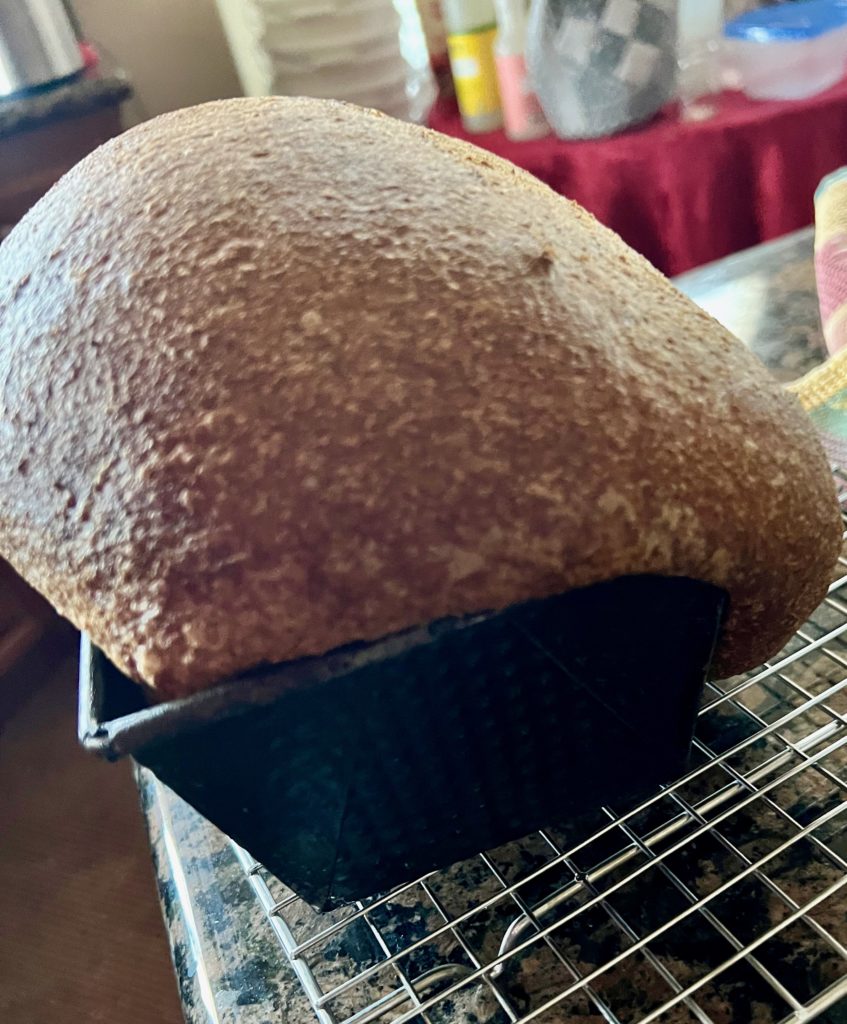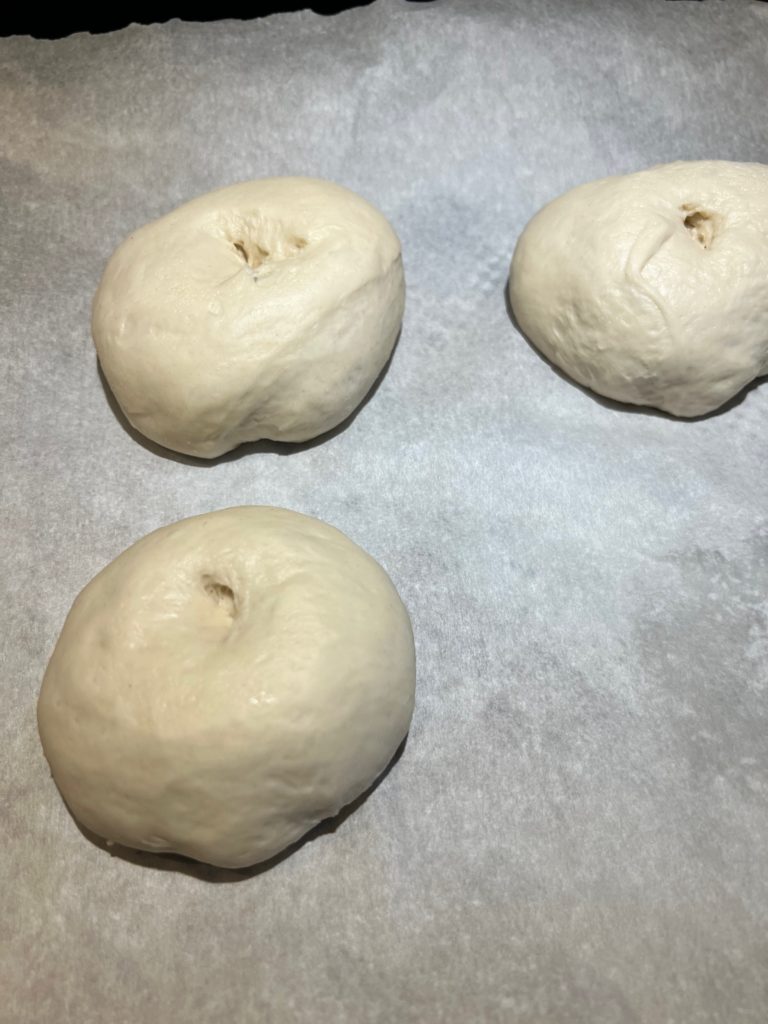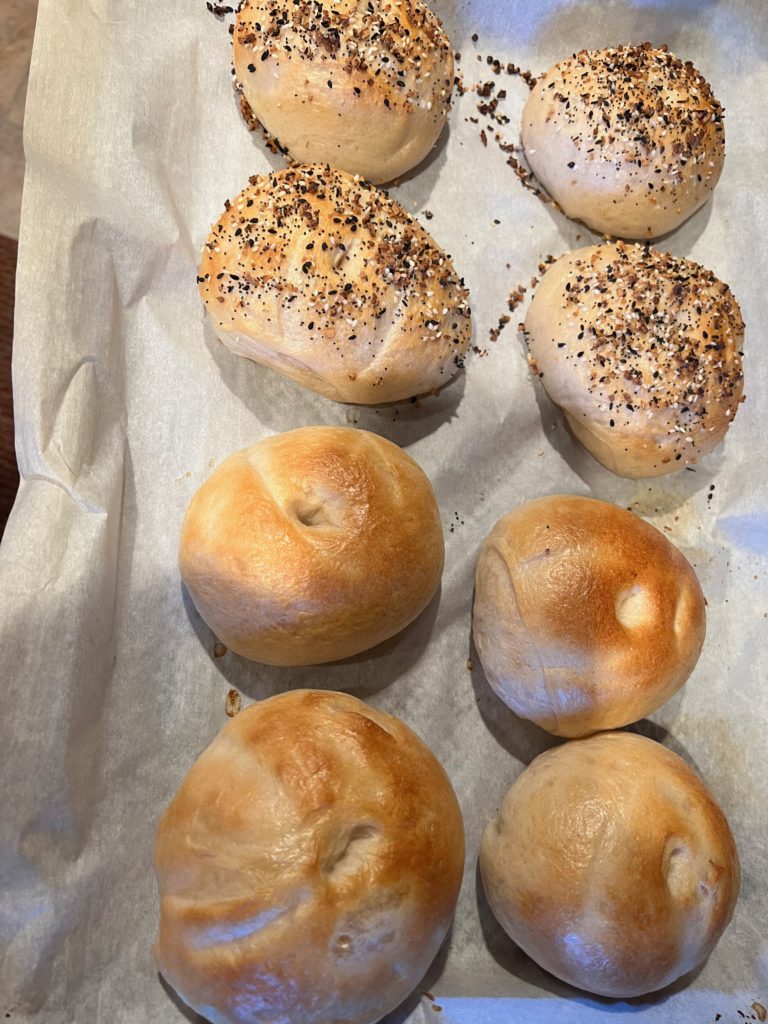As I’m learning about the complexity of sourdough, I’ve had some great outcomes, many of which I’ve photographed and posted. But I’ve also had a LOT of failures. It’s all part of the learning process.
This post is about one colossal flop that I believe was due to over proofing, or over fermentation.
My goal for many of the recipes I use is to find or convert recipes with at least a 7-8 hour ferment that can be left out on the counter overnight and then shaped and baked in the morning. This timing works well for my schedule, and almost all of the recipes I’ve posted here follow this pattern: 1. Take the starter out of the refrigerator and feed the starter at least three times (6 plus hours in between) before mixing the recipe. 2. Mix the dough recipe or at least all of the flour for the recipe the evening before I want to bake. This allows a bulk fermentation for all of the flour so that the process can work on the carbs for at least 7 hours (per Trim Healthy Mama [THM] guidelines). 3. In the morning shape the dough and place it in the pan. 4. Usually there is a short second rise of about an hour till the dough just rises above the pan rim. 5. Bake the bread/rolls/bagels as directed.
I love the soft whole wheat sandwich loaf (see my post on this recipe from Baking a Moment elsewhere https://bakingamoment.com/soft-whole-wheat-bread/) and bake it almost weekly for morning toast. Well this particular morning I had multiple meetings and had to navigate around them for baking time. I allowed the dough to rise in the pan not one hour but more than two and it was just over proofed. I read through other sour dough blogs and have gathered that was the problem.


























